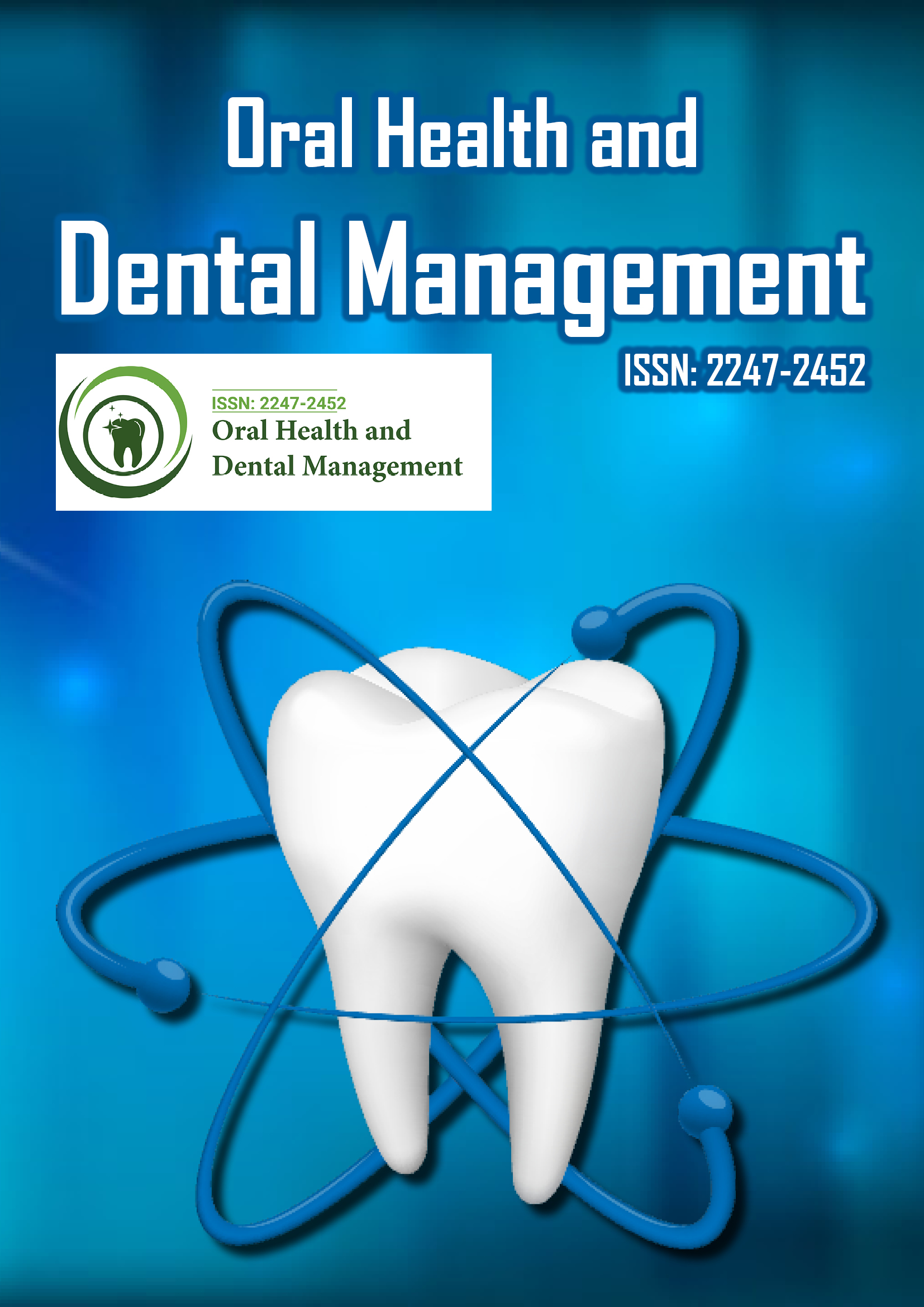Indexed In
- The Global Impact Factor (GIF)
- CiteFactor
- Electronic Journals Library
- RefSeek
- Hamdard University
- EBSCO A-Z
- Virtual Library of Biology (vifabio)
- International committee of medical journals editors (ICMJE)
- Google Scholar
Useful Links
Share This Page
Journal Flyer

Open Access Journals
- Agri and Aquaculture
- Biochemistry
- Bioinformatics & Systems Biology
- Business & Management
- Chemistry
- Clinical Sciences
- Engineering
- Food & Nutrition
- General Science
- Genetics & Molecular Biology
- Immunology & Microbiology
- Medical Sciences
- Neuroscience & Psychology
- Nursing & Health Care
- Pharmaceutical Sciences
Shear bond strengths between polydopamine-coated stainless steels and poly methylmethacrylate
32nd Asia Pacific Dental and Oral Health Congress
July 23- 24, 2018 Sydney, Australia
Chen-Ting Hsu and Bor-Shiunn Lee
National Taiwan University, Taiwan
Posters & Accepted Abstracts: Oral Health Dent Manag
Abstract:
Magnetic attachments have been widely used as stud attachments for implant-retained overdenture rehabilitation. The connection of polymethylmethacrylate (PMMA) with magnetic assemblies relies on the mechanical undercut. However, detachment of PMMA from magnetic assemblies is a frequent problem. Polydopamine has been reported to have high affinity to metal. As the magnetic attachments are enveloped by stainless steel, the aim of this study was to enhance the bond strengths between stainless steel and PMMA using polydopamine and compare with alloy primer (10-MDP, Kuraray) and quick monomer (4-META, Sun Medical). Stainless steel discs (5.5 mm in diameter and 2.5 mm in thickness, Aichi Steel Corp.) and PMMA (Unifast Trad, GC Dental Corp.) were used. For polydopamine group, the discs were immersed in dopamine solution (2 mg of dopamine per milliliter of 10 mM tris, pH 8.5) for 24 hours at room temperature. MDP and 4-META were applied on stainless steel discs using microbrush. Subsequently, the discs were mounted in molds and PMMA (powder/ liquid 2:1) was filled. They were placed in 60 oC oven for 6 hours. The shear bond strengths were measured using Instron at crosshead speed of 1 mm/min. The debonded surfaces were examined using X-ray Photoelectron Spectroscopy (XPS). The results showed that 10-MDP group exhibited the highest bond strengths (9.8±1.6 MPa) followed by 4-META group (3.5±0.4 MPa) and polydopamine group (1.9±1.6 MPa). XPS analysis revealed that the major fracture surfaces took place at PMMA and coating materials (polydopamine, 10-MDP, 4-META).
Biography :
Chen-Ting Hsu has graduated from School of Dentistry, Taipei Medical University in 2015. He is a graduate student at School of Dentistry, National Taiwan University and majors in Operative Dentistry.
E-mail: andrew061221yc@hotmail.com
